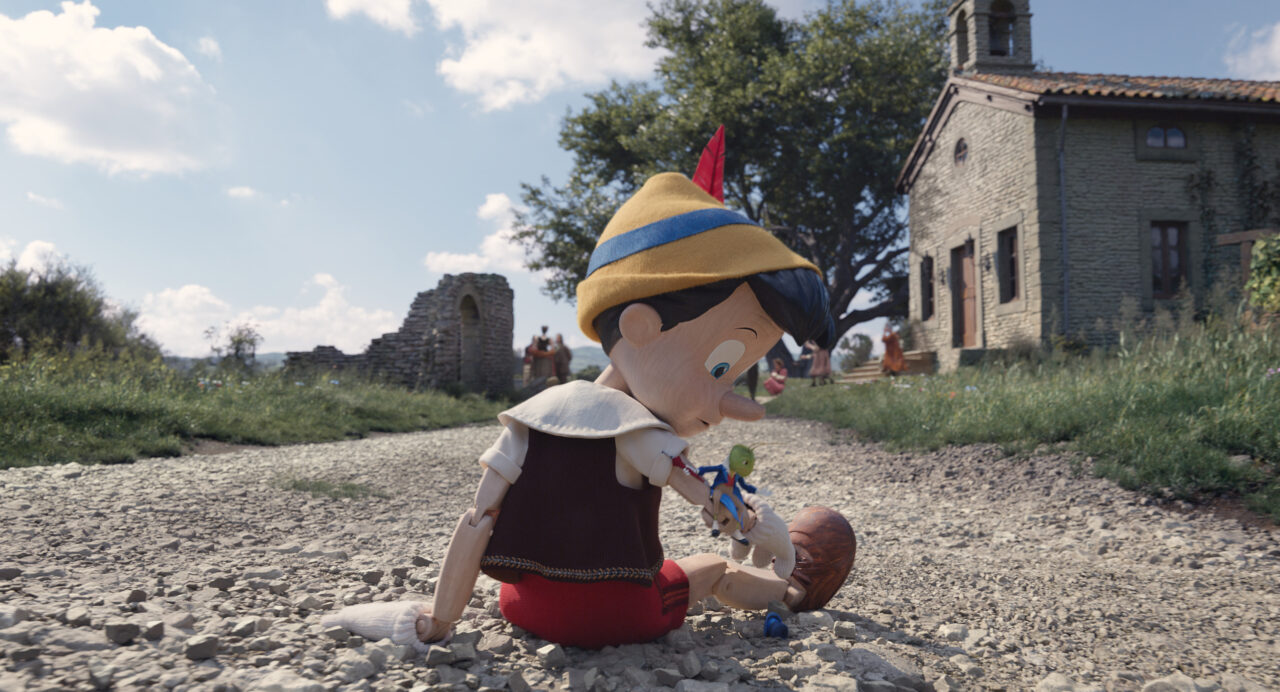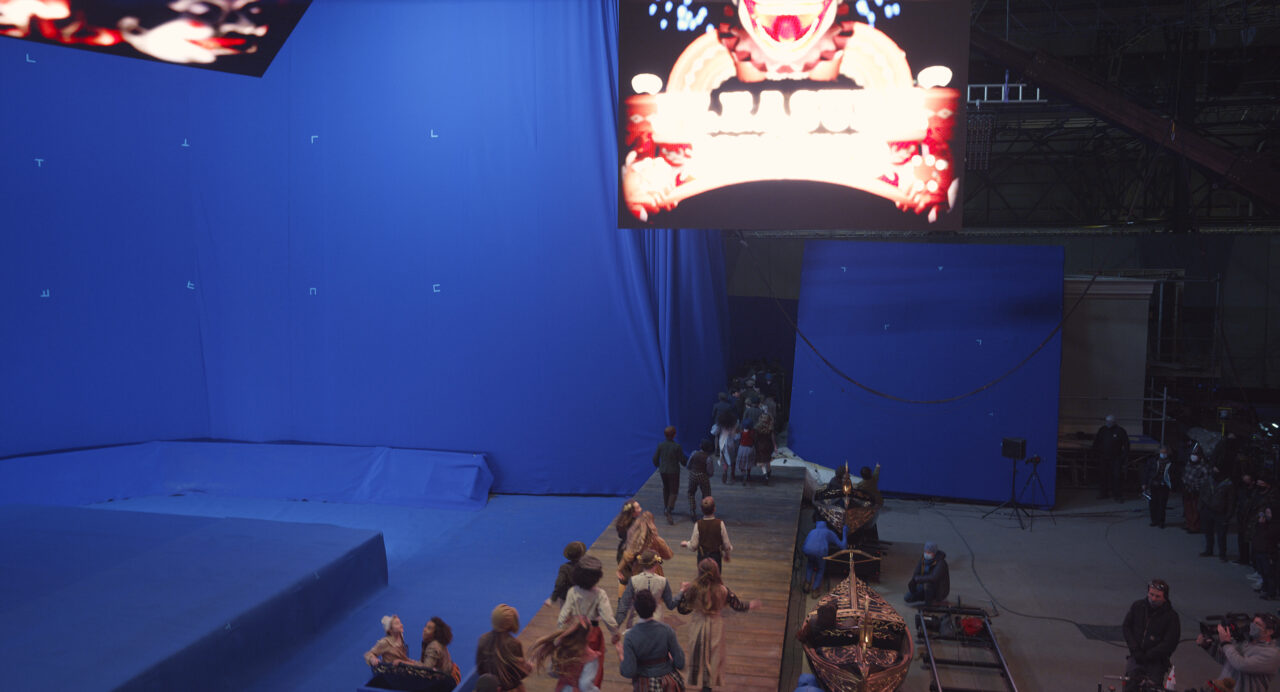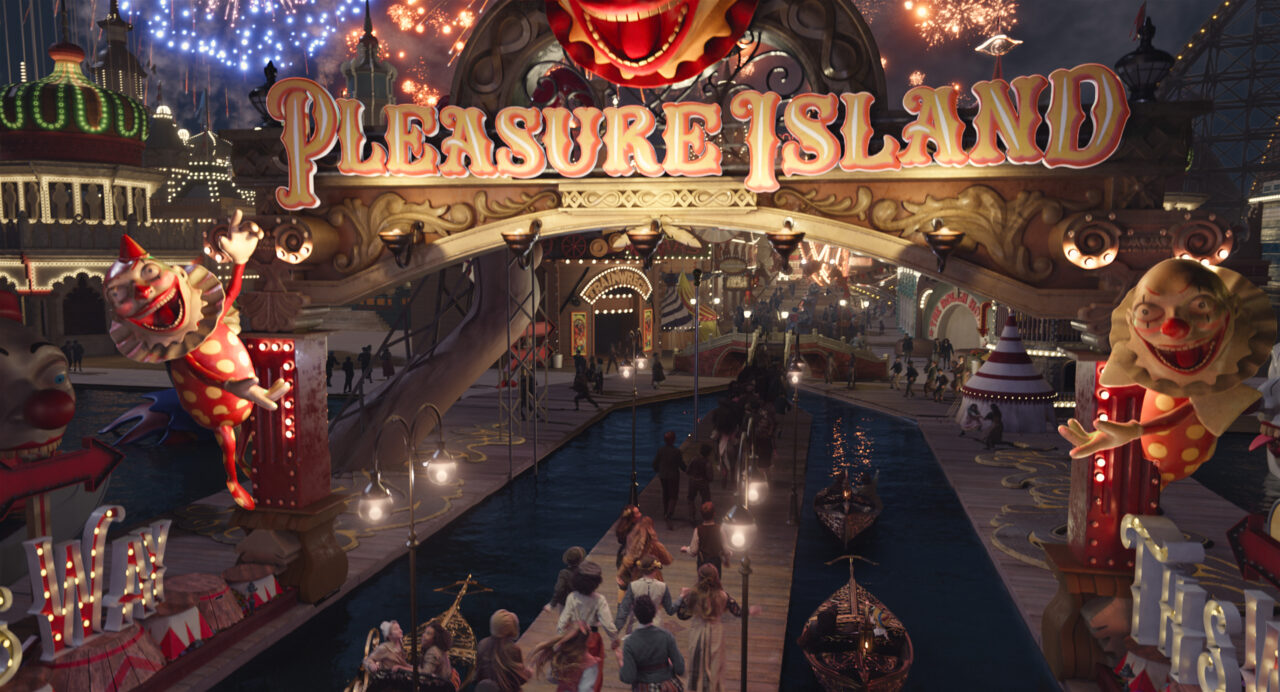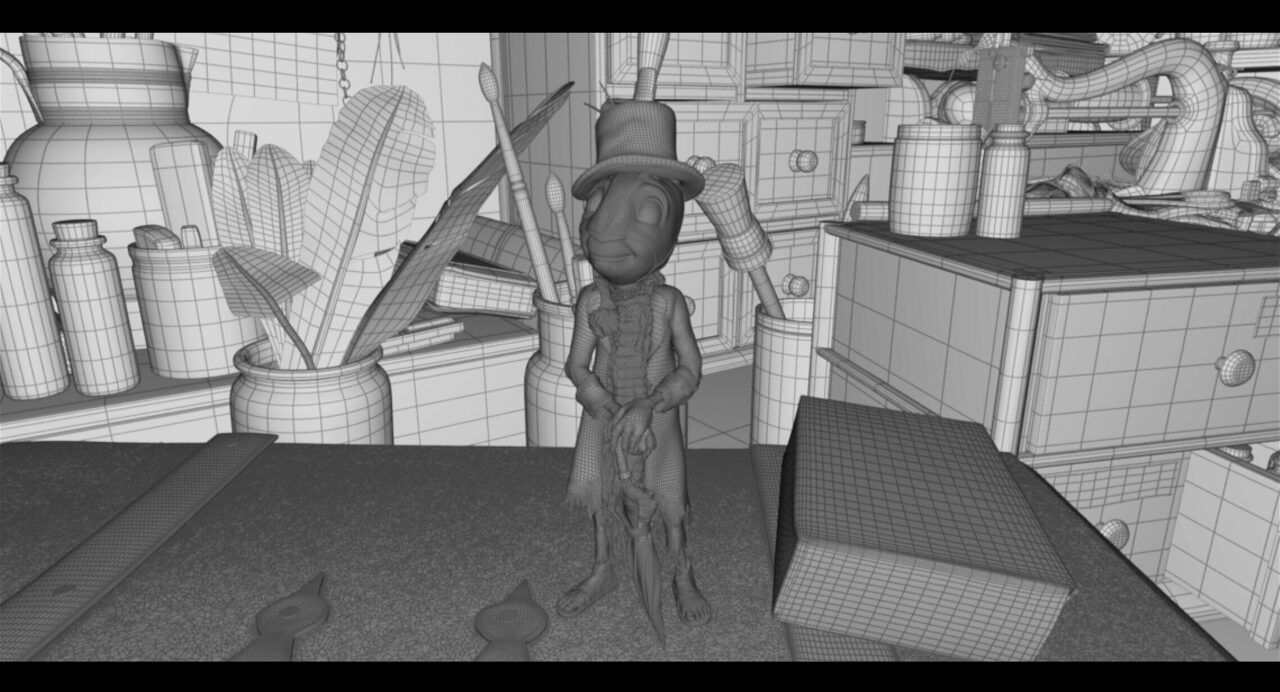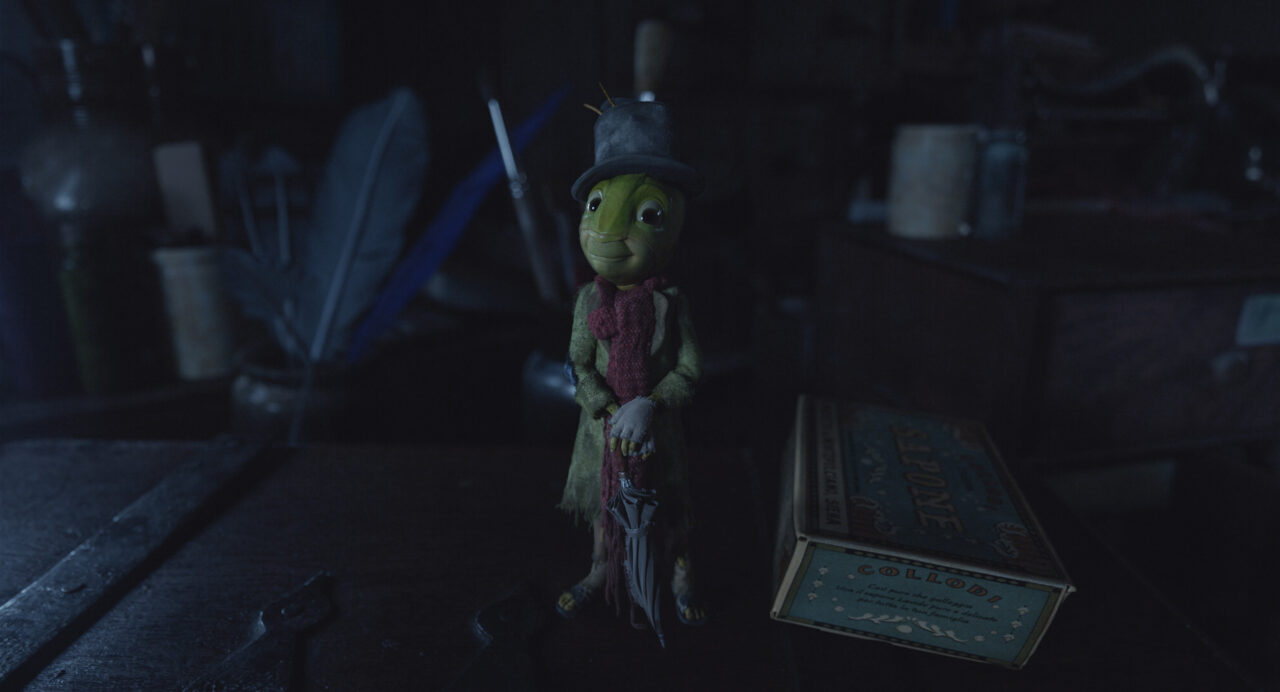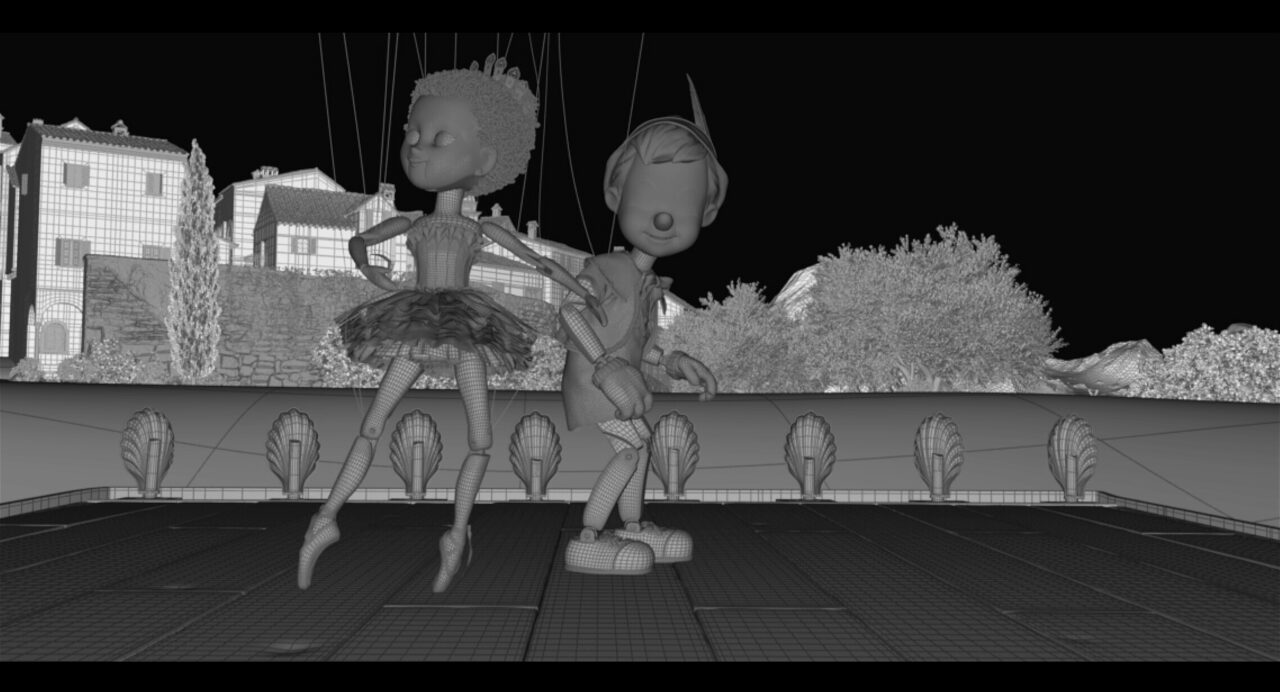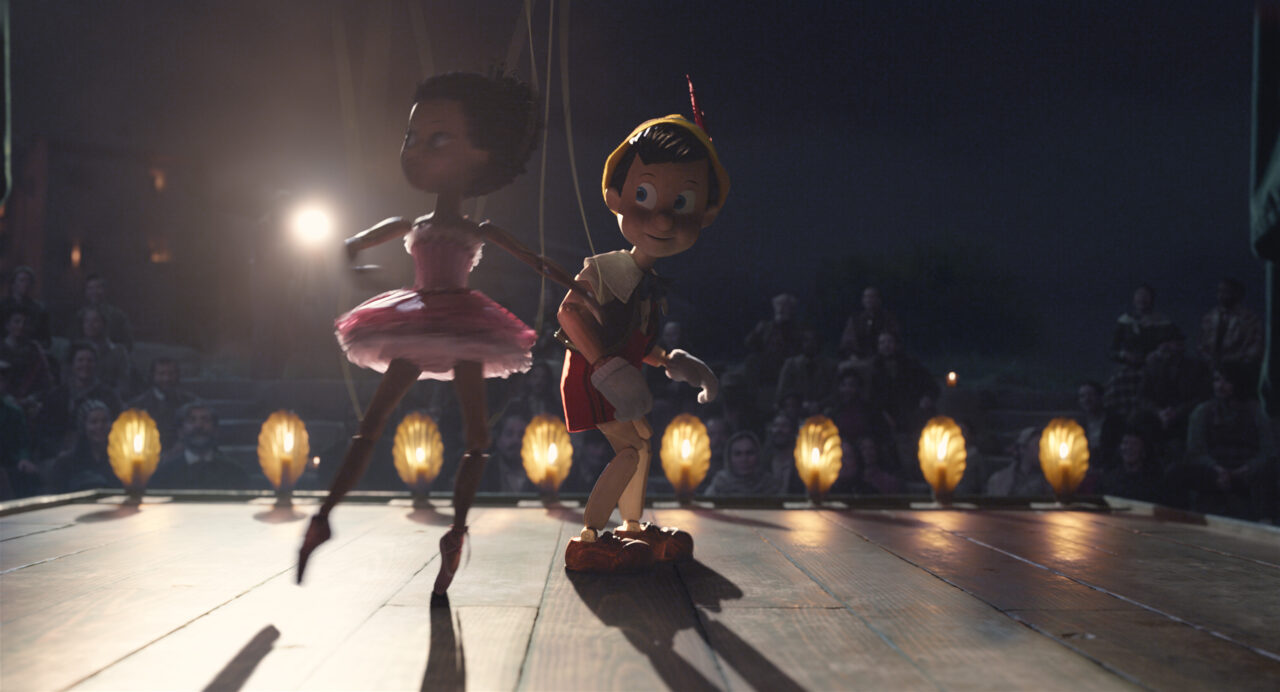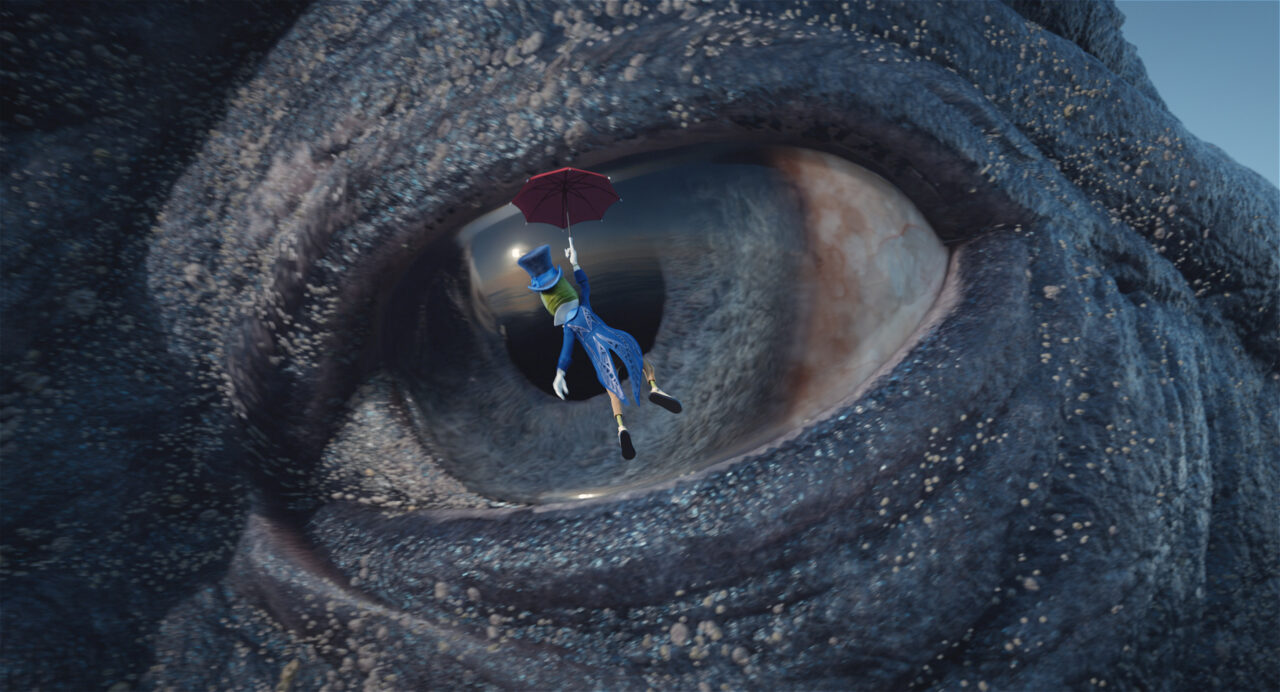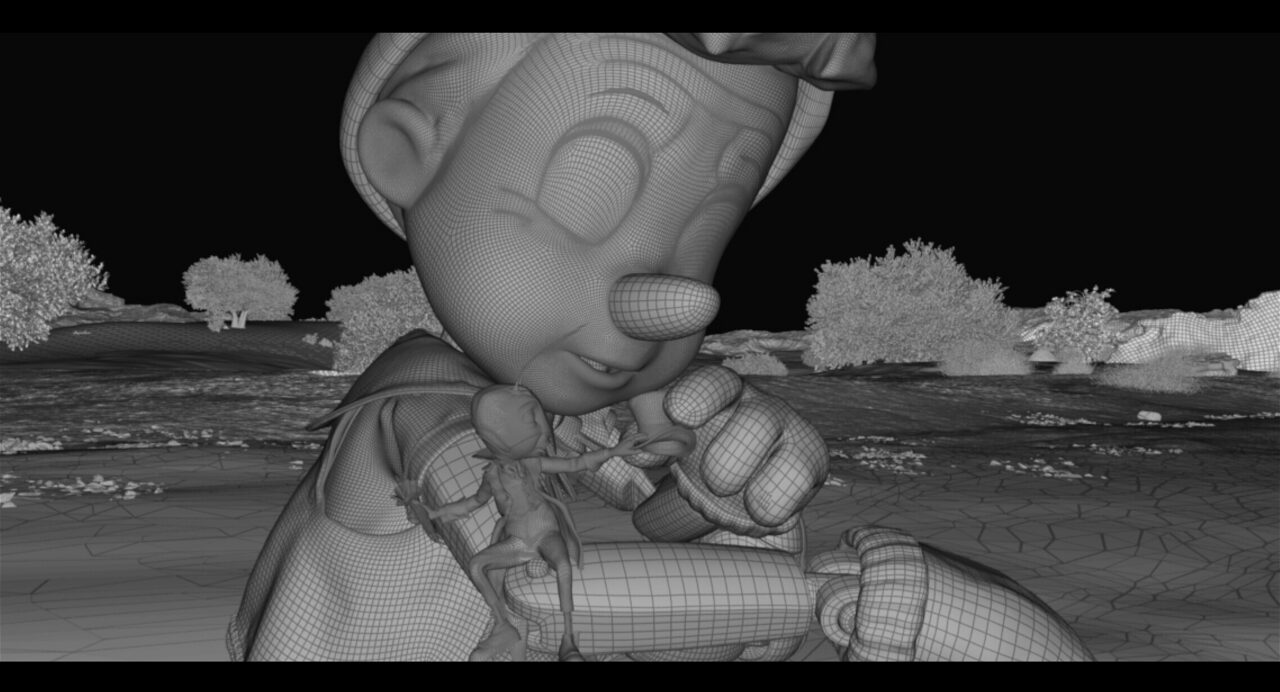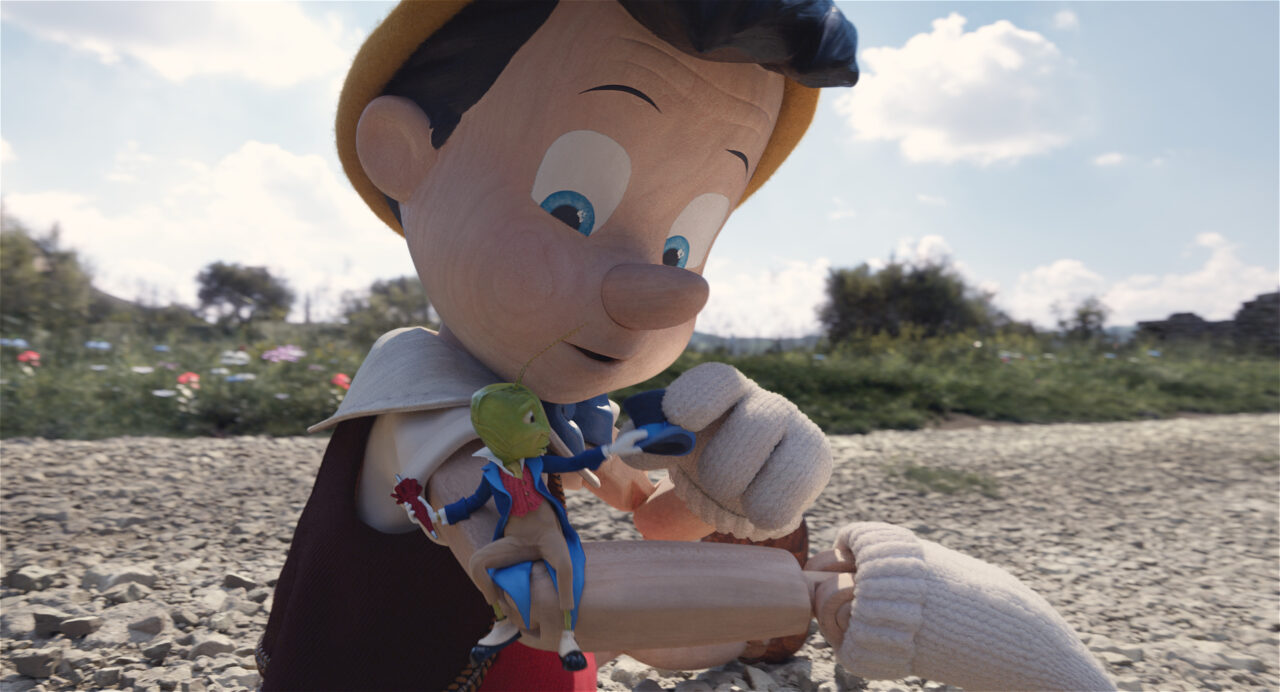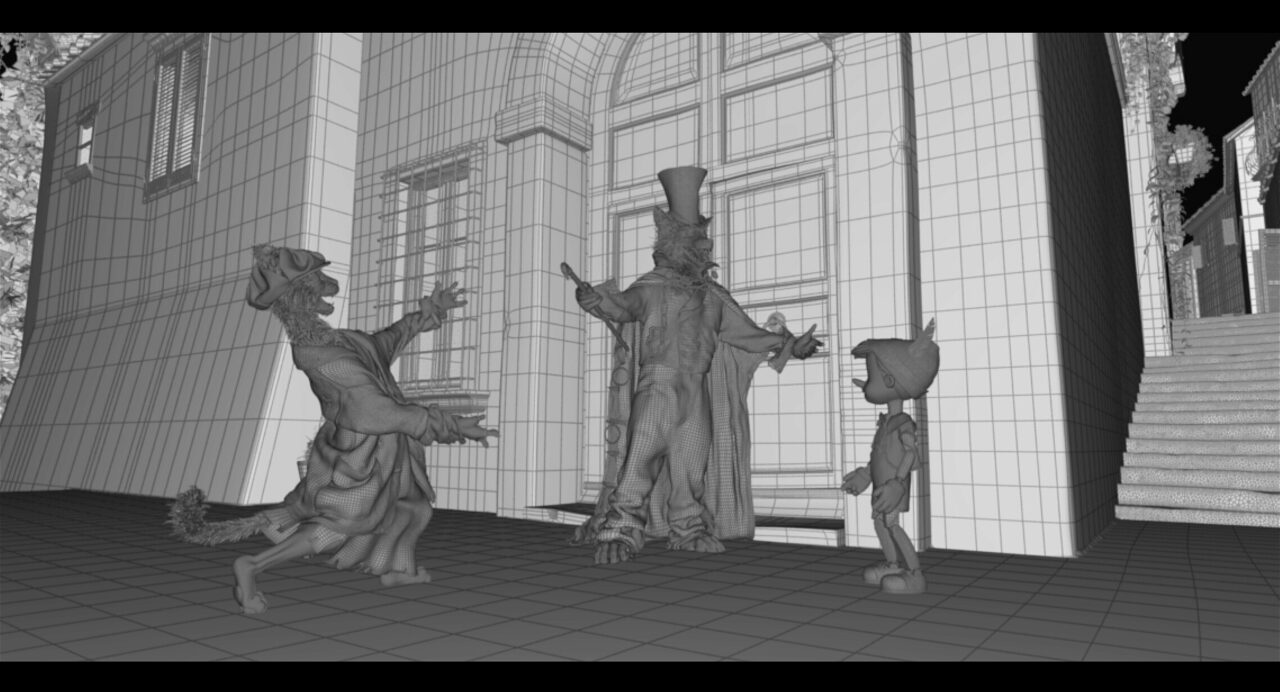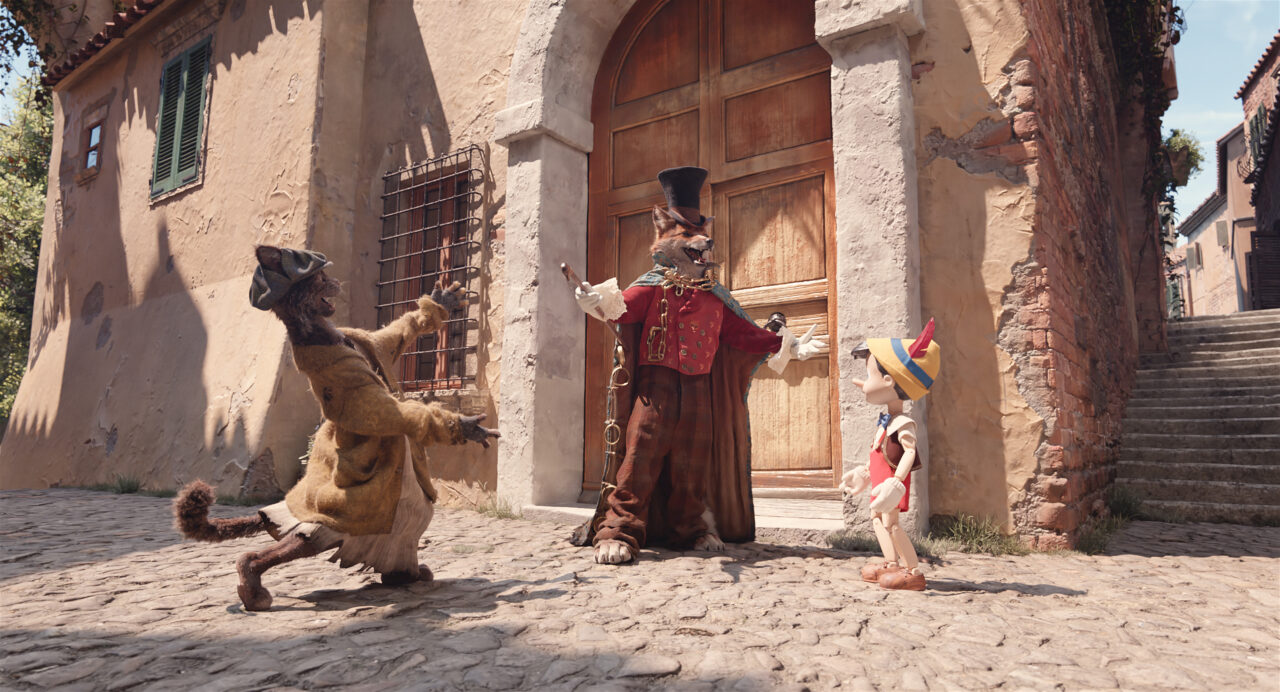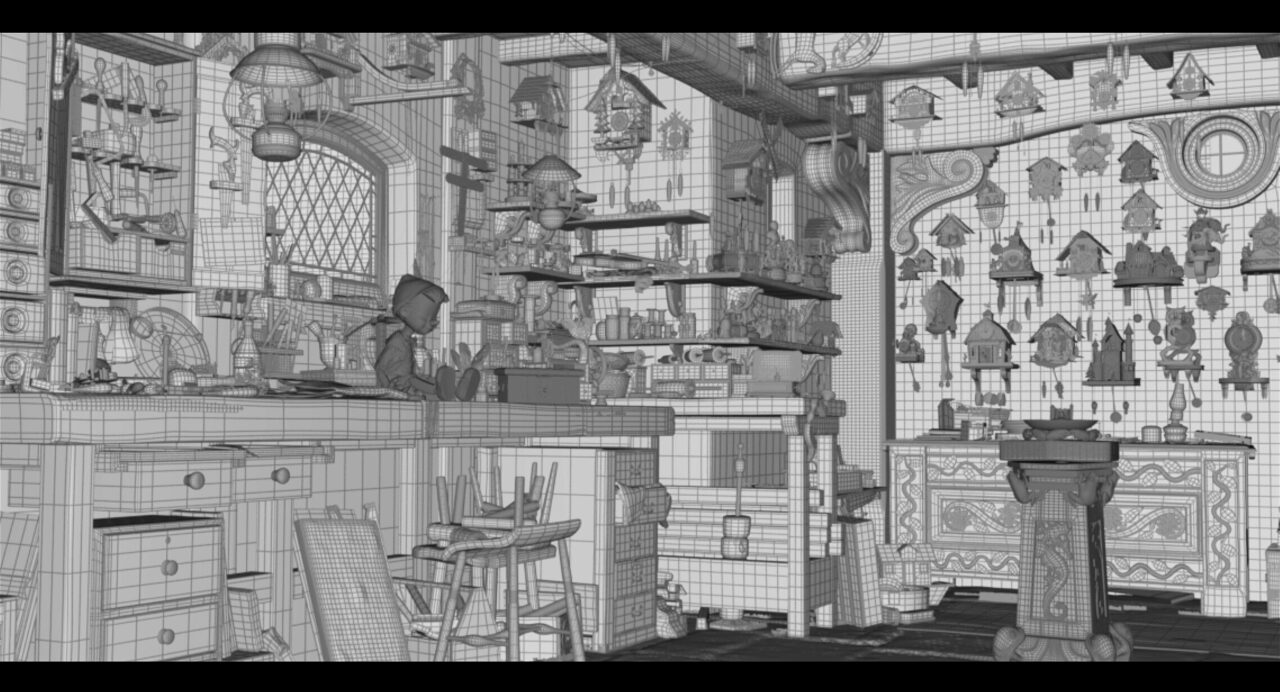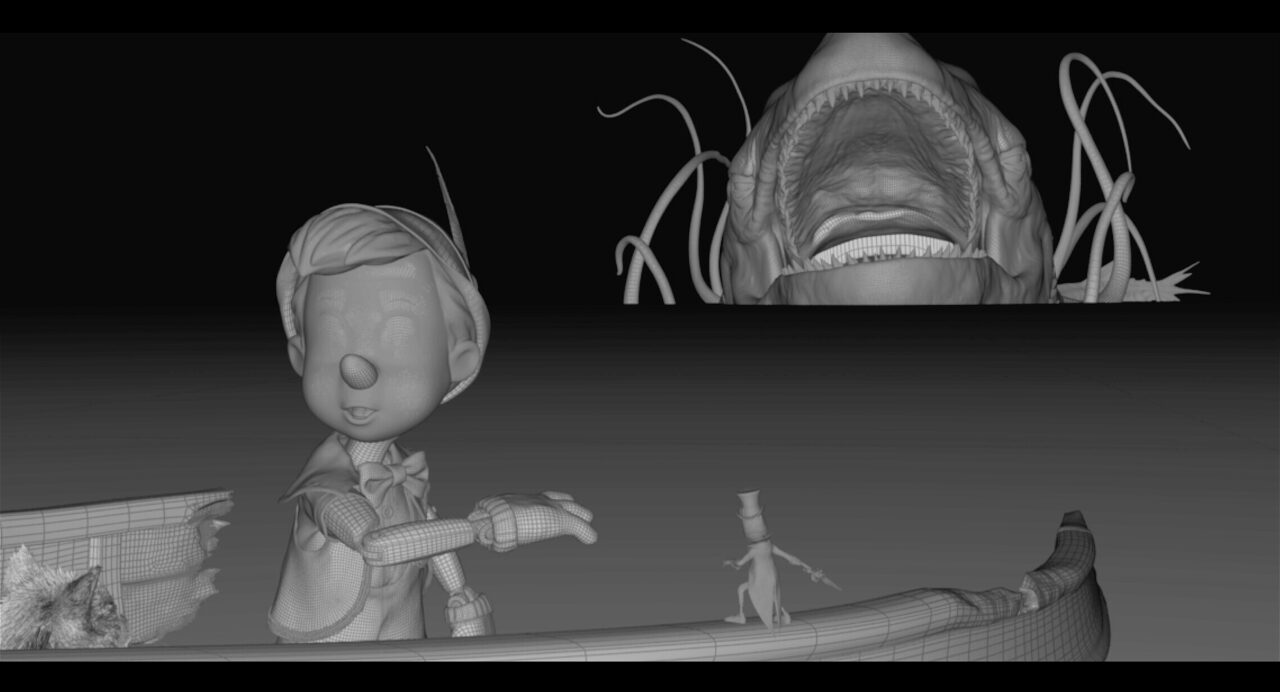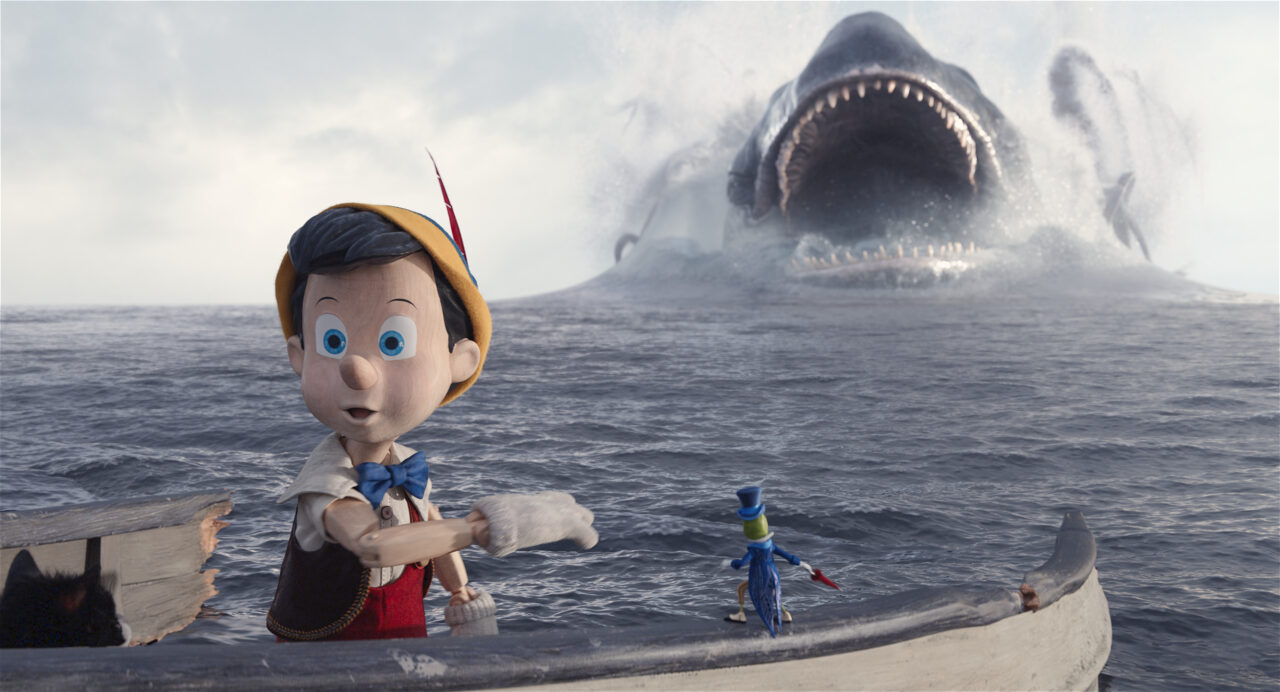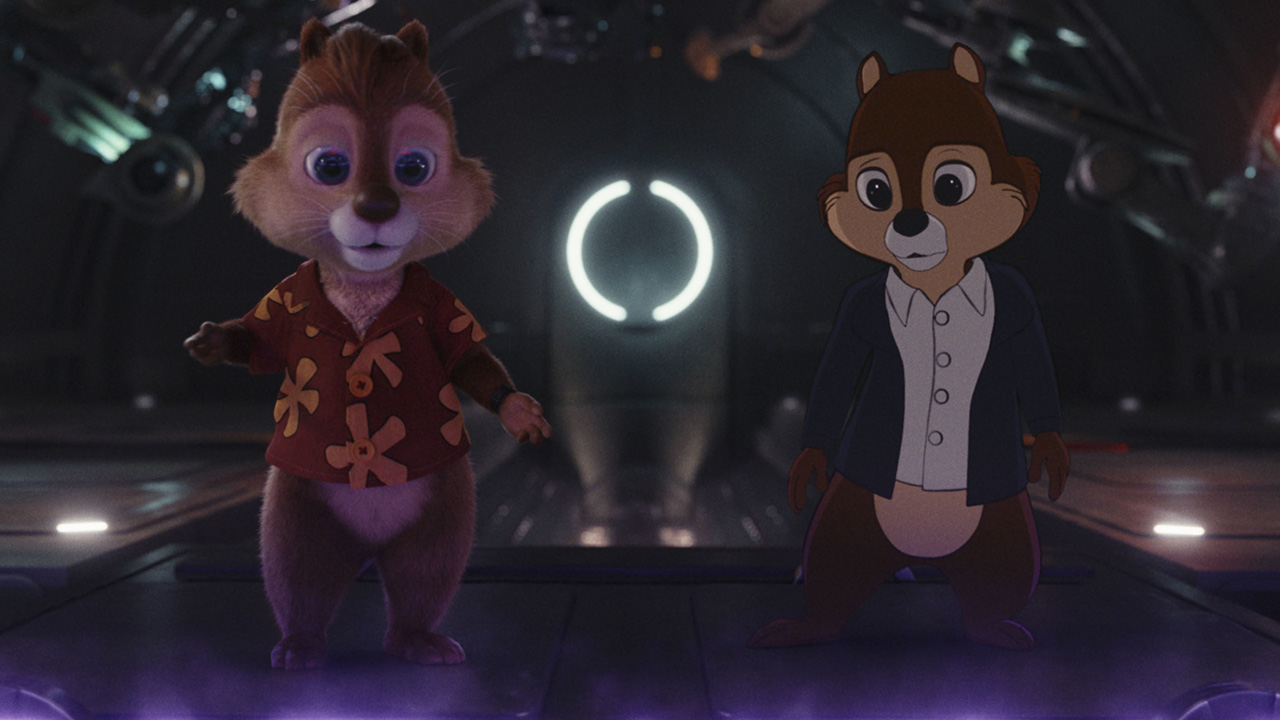Academy Award® winner Robert Zemeckis directs this live action retelling of the beloved tale of a wooden puppet who embarks on a thrilling adventure to become a real boy.
Tom Hanks stars as Geppetto, the wood carver who builds and treats Pinocchio (Benjamin Evan Ainsworth) as if he were his own son. Joseph Gordon-Levitt is Jiminy Cricket, who serves as Pinocchio’s guide as well as his “conscience”; Academy Award® nominee Cynthia Erivo is the Blue Fairy; Keegan-Michael Key is “Honest” John; Academy Award® nominee Lorraine Bracco is Sofia the Seagull, a new character, and Luke Evans is The Coachman.

The continued relationship between MPC and Walt Disney Studios turns another page with the live-action remake of Pinocchio now streaming on Disney+. The global MPC team, led by VFX Supervisor Ben Jones and VFX Producer Sarah Moussaif, provided a host of services: from pre and postvis production – to final VFX delivery of over 920 striking visual effects shots.
Over the course of two years, around 1200 MPC crew members worked on this reimagining of the animated classic that tells the story of a wooden boy brought to life through the power of magic. Working closely with director Robert Zemekis, the team developed all sequences throughout the movie, with our animation team (lead by Animation Supervisor Christophe Paradis) being heavily involved in previz, virtual production, and the final VFX to closely guide and develop each character’s individual performance. This includes the opening scene in Geppetto’s workshop, where Pinocchio first comes to life. This, by shot count, was the largest sequence of the movie and involved significant contributions from every department and team, from match move and paint all the way through animation, environments, FX, and compositing.
“Almost every shot in the film involved significant VFX additions to plates, and approximately half of the shots in the movie were full CG creations, giving the filmmakers and the animators scope to design any shot and camera they liked,” said Ben Jones, MPC VFX Supervisor. Pinocchio was created entirely using CG, as was Jiminy Cricket, Figaro the cat, Cleo the goldfish, Sophia the seagull, Honest John, and his sidekick Gideon. “We also built a pack of donkeys and other animals for use in a few different sequences and a new puppet character called Sabina,” adds Ben. The MPC tech-animation experts generated the characters’ post-animation details, using multi-layered cloth and fur simulations for their intricate costumes.
The artists created many huge digital environments in and around Pinocchio’s hometown and school, including a complex theme park environment called Pleasure Island and a fully digital replica of the interior set of Geppetto’s workshop, complete with many unique animated cuckoo clocks.

FX was another significant contributor to the film. The MPC FX department generated intricate and meticulously detailed water simulations that feature heavily in the film’s climactic moments. “The team did a splendid job at producing detailed and controlled simulations on a challenging sequence and timeframe for the ocean chase in the movie’s final act,” adds Ben. With the help of innovative tools and techniques, the artists also helped produce hundreds of particles, fluid, destruction, and volumetric effects, ranging from the blue fairy’s dust and magic to a wide range of looks in Pleasure Island, including fireworks, rivers, and destruction.
“Zemeckis is no stranger to ambitious visual effects and animation projects, and Pinocchio would be no different,” said Ben. “His and Disney’s expectations for quality and delivery were high, as always, particularly so with a production like Pinocchio, which is one of the studio’s most loved stories and with a history stretching all the way back to Walt Disney himself. Much of what we all love about classic Disney movies trace back to the original Pinocchio, so the responsibility, and privilege, of working on such a treasured franchise was very apparent to all of us throughout production,” he adds. With a robust, flexible, and efficient process pipeline, MPC pushed the boundaries of what’s possible in VFX by developing complex multi-plate stitched shots and refinements and innovative (and faster) visual effects and animation for the show.

